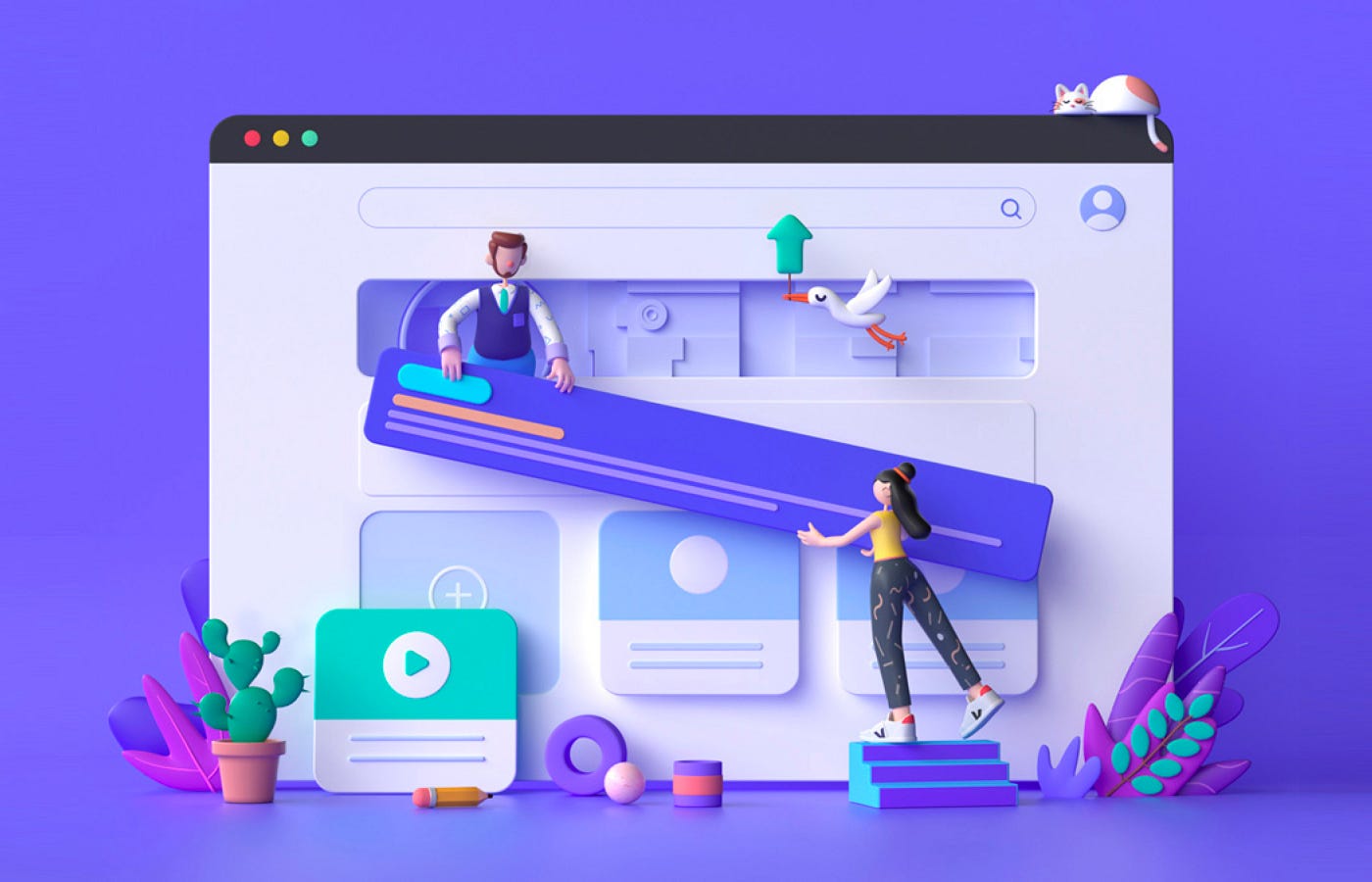
- July 24, 2021
- Tech
5 Essential Tips for Improving Your Website's User Experience
Creating a website is only half the battle; ensuring that it provides an exceptional user experience (UX) is equally important. A positive UX not only attracts visitors but also encourages them to stay longer and engage more with your content. Here are five essential tips for improving your website's user experience:
1. Simplify Navigation: Navigation is the roadmap for your website visitors. Make sure it's intuitive and easy to understand. Use clear and descriptive menu labels, organise content logically, and include a search function for users to find specific information quickly. Avoid overwhelming users with too many options or complex menus.
2. Optimise Page Speed: In today's fast-paced digital world, users expect websites to load quickly. Page speed not only impacts user satisfaction but also affects search engine rankings. Optimise images, minify code, leverage browser caching, and use a content delivery network (CDN) to improve loading times. Test your website's speed regularly and make necessary adjustments to ensure optimal performance.
3. Mobile Responsiveness: With the increasing use of mobile devices, having a mobile-responsive website is crucial. Ensure that your site is accessible and functions well across various screen sizes and devices. Implement responsive design principles, such as fluid grids and flexible images, to provide a seamless experience for mobile users. Test your website on different devices to identify and address any issues.
4. Create Engaging Content: Content is king when it comes to user experience. Provide valuable, relevant, and engaging content that meets the needs of your target audience. Use clear headings, bullet points, and visuals to break up text and make it easier to digest. Incorporate multimedia elements, such as videos, infographics, and interactive features, to enhance engagement and keep users interested.
5. Prioritize Accessibility: Accessibility ensures that all users, including those with disabilities, can access and use your website effectively. Follow web accessibility guidelines, such as the Web Content Accessibility Guidelines (WCAG), to make your site more inclusive. Provide alternative text for images, use descriptive link text, ensure proper color contrast, and enable keyboard navigation. By prioritizing accessibility, you not only improve the user experience for all users but also demonstrate your commitment to inclusivity.
By implementing these five tips, you can enhance your website's user experience and create a more enjoyable and rewarding experience for your visitors. Remember to regularly gather feedback from users and make continuous improvements to ensure that your website remains user-friendly and relevant in the ever-evolving digital landscape.








